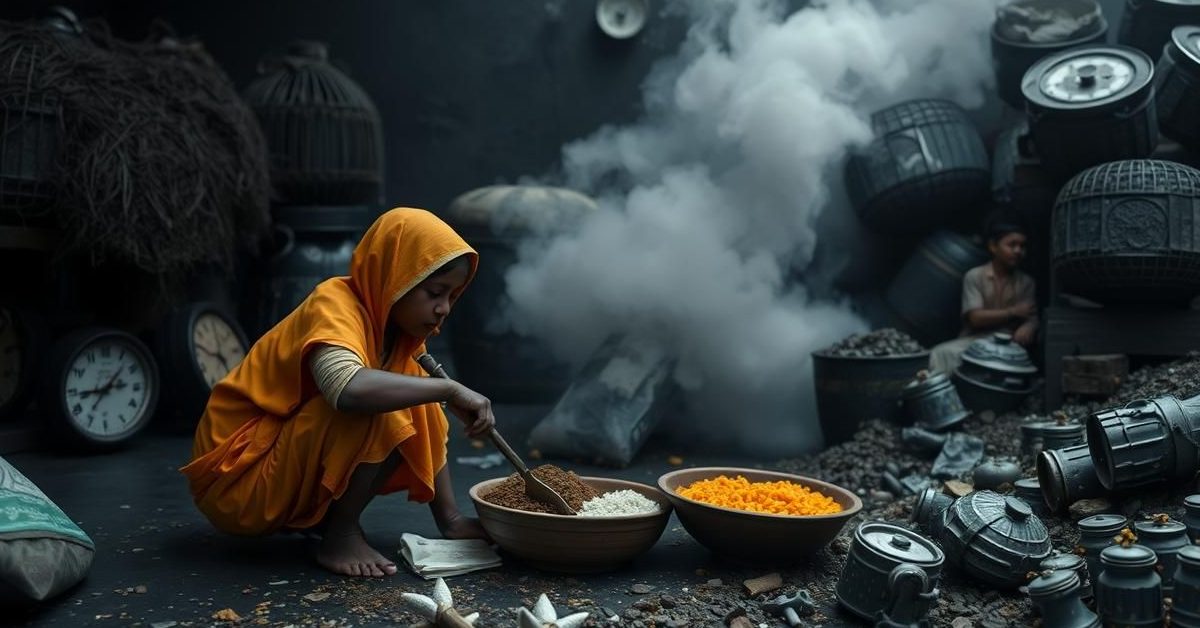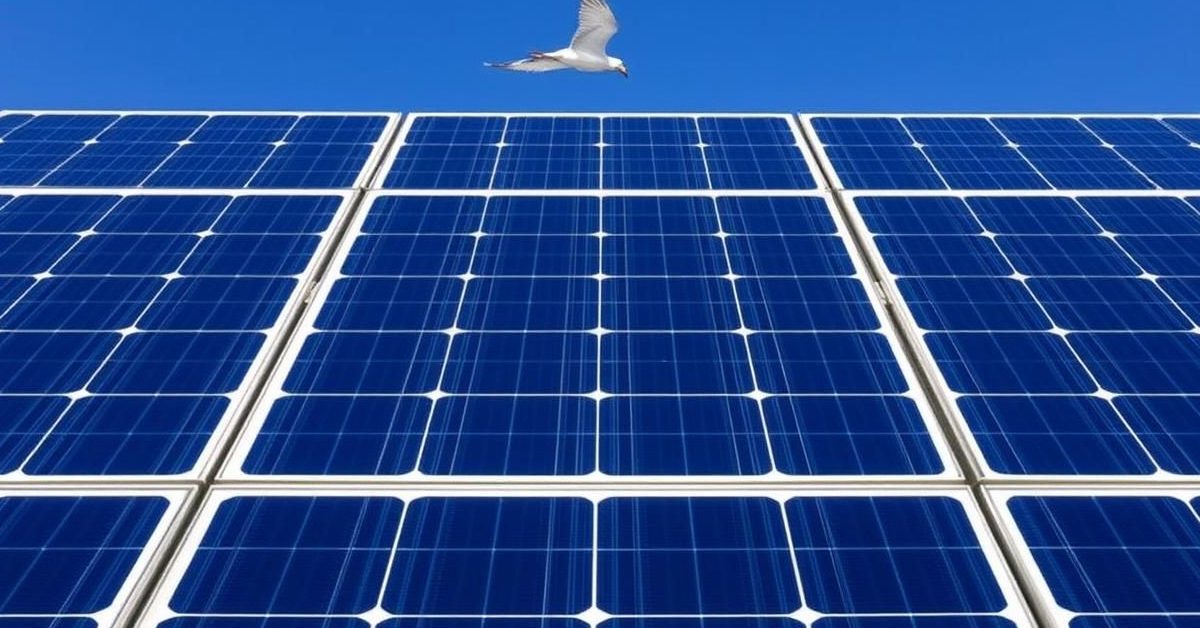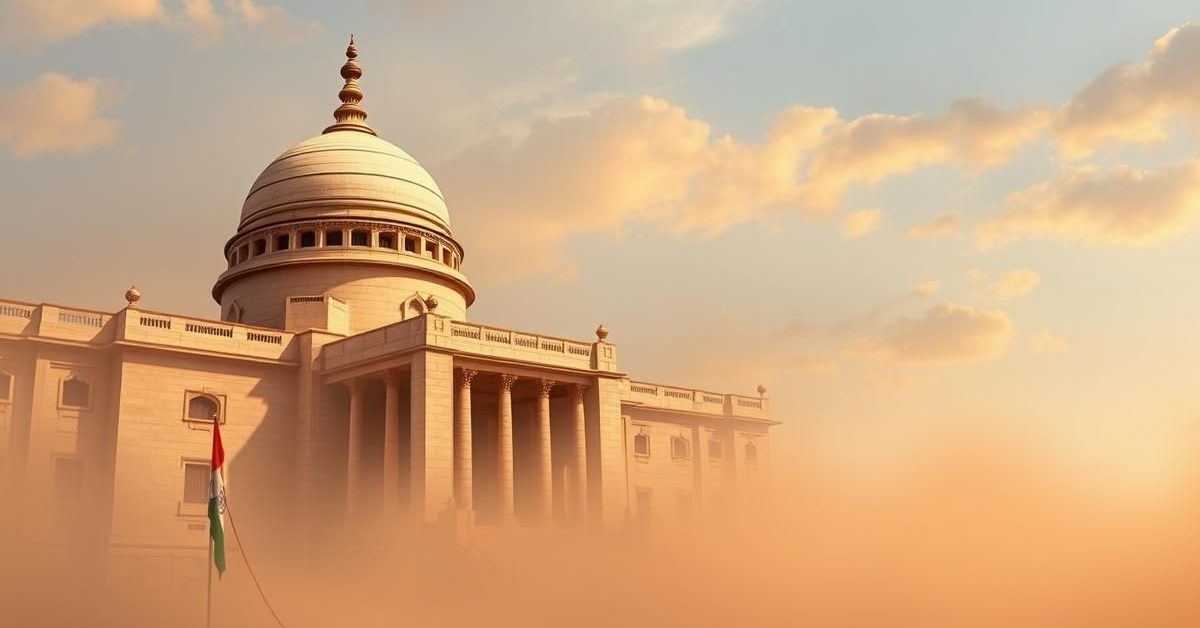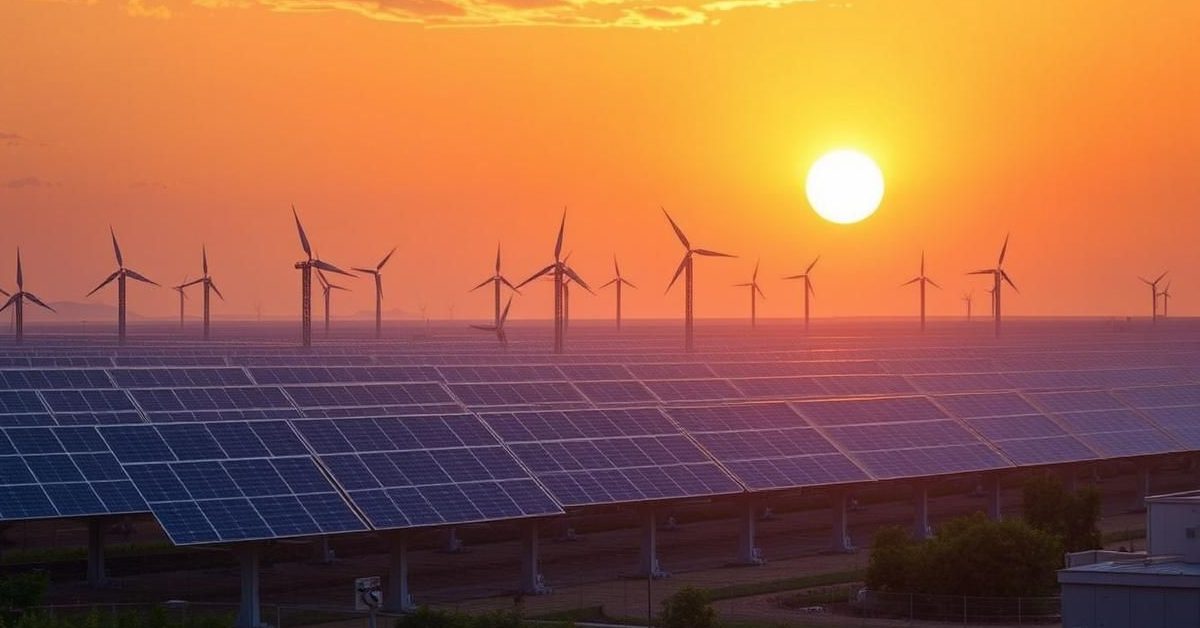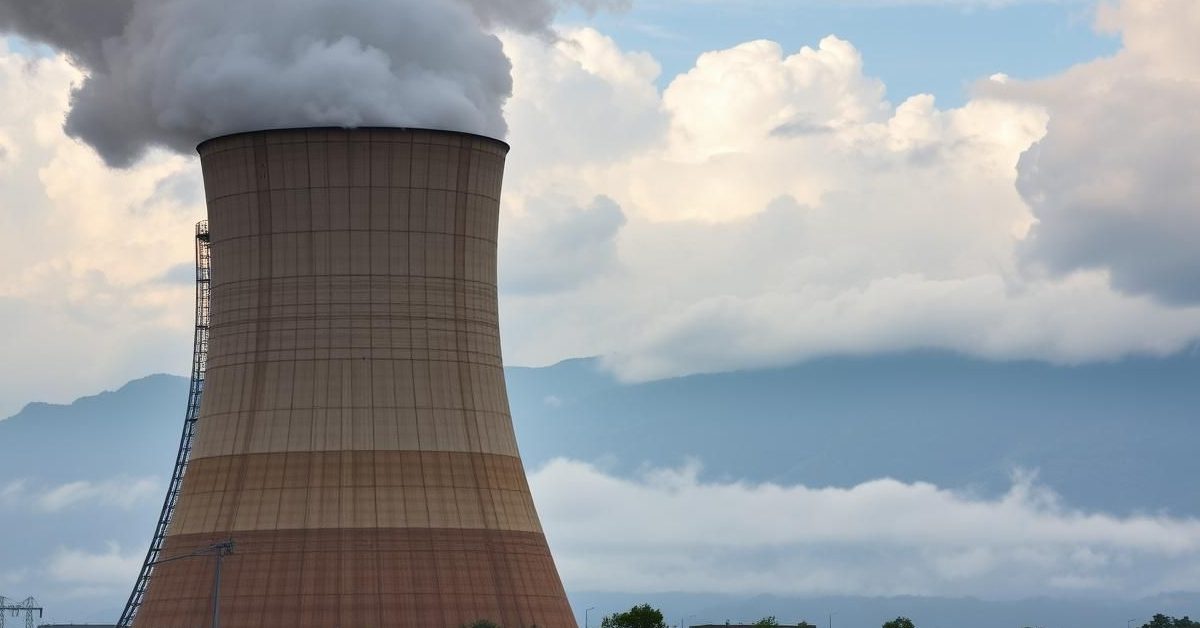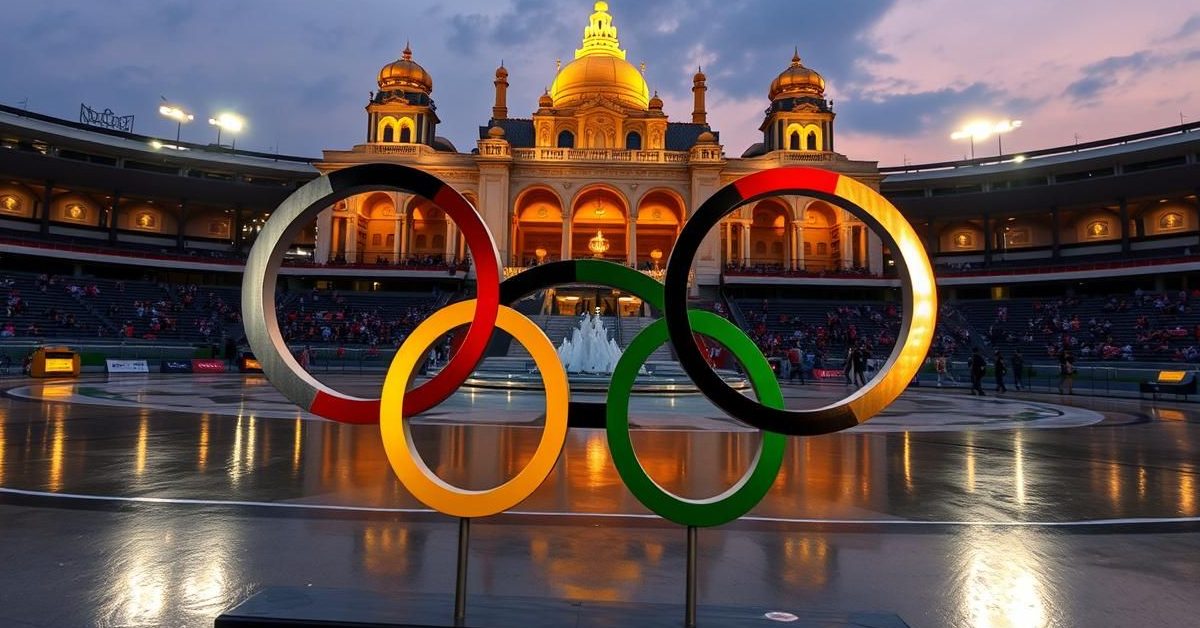India’s Economic Horizon: Navigating Global Headwinds
India’s economic narrative, characterized by robust domestic growth and solid macroeconomic foundations, faces a nuanced reality. Reserve Bank of India (RBI) Governor Sanjay Malhotra recently issued a cautionary note, highlighting potential risks to the nation’s growth trajectory stemming from “external spillovers” and “weather-related events.” This assessment arrives amidst the June 2025 Monetary Policy Update and the latest Financial Stability Report (FSR).
Malhotra underscored that despite India’s pivotal role as a driver of global growth, factors beyond its immediate control could pose significant challenges. Geopolitical risks, he noted, remain elevated, further complicated by a “new paradigm in trade and economic policy” ushered in by large tariffs from the US administration. International agencies, including the IMF, OECD, and the World Bank, have already revised global growth projections downwards, signaling a period of heightened uncertainty.
Inflation Outlook and RBI’s Mandate
Despite these potential headwinds, the RBI Governor maintains a “benign” outlook for inflation. Consumer Price Index (CPI) inflation is expected to align with the RBI’s mandated target of 4 per cent, with a permissible band of +/-2 per cent. This target, established by the government, is central to the central bank’s primary objective: maintaining price stability. The RBI’s Monetary Policy Committee (MPC), a statutory body constituted under Section 45ZB of the amended RBI Act, 1934, meticulously assesses monetary activities every two months, fine-tuning the repo rate to mitigate price fluctuations and ensure a reasonable inflation rate.
Understanding terms like the Bank Rate, Reverse Repo Rate, Liquidity Adjustment Facility (LAF), and Marginal Standing Facility (MSF) becomes crucial in appreciating the MPC’s intricate toolkit for managing the economy’s money supply and interest rates. The goal isn’t just a number; it’s about fostering an ideal inflation rate conducive to sustained economic expansion.
Bhopal’s Lingering Shadow: Finally Taming the Toxic Legacy
More than four decades after the catastrophic Bhopal Gas Tragedy, a significant milestone has been achieved: the complete incineration of 337 tonnes of toxic waste from the defunct Union Carbide factory. This monumental undertaking marks a critical step towards finally addressing the environmental and public health menace that has haunted Bhopal for generations.
The 1984 disaster, a horrific chemical accident at the Union Carbide India Limited (UCIL) pesticide facility, saw the deadly leak of Methyl Isocyanate (MIC) gas, claiming thousands of lives and inflicting long-term suffering. Its legacy has been a stark reminder of the urgent need for robust industrial safety and chemical disaster preparedness in India.
A Decades-Long Struggle for Disposal
The journey to dispose of this hazardous legacy has been fraught with challenges. The process, initiated on January 1, saw 12 containers of the waste transported to a private disposal plant operated by Re Sustainability in Pithampur. This action followed a stringent four-week deadline set by the Madhya Pradesh High Court in December. The court had previously admonished the state government for its “state of inertia” despite the passage of 40 years.
Bhopal Gas Tragedy Relief and Rehabilitation director Swatantra Kumar Singh confirmed the completion of the incineration. The waste, encompassing contaminated soil, naphthol, carbaryl (Sevin insecticide), and other semi-processed pesticide residues, was converted into ash. This ash, packed safely, will be buried in specially constructed leak-proof landfill cells, a process expected to conclude by November. Officials from the state pollution control board affirmed that strict safety standards were adhered to, with real-time monitoring of emissions showing them within permissible limits.
Community Concerns and Oversight
Despite official assurances, the operation was not without local resistance. Protests erupted in Pithampur earlier this year, underscoring the deep-seated anxieties surrounding toxic waste disposal, especially in densely populated areas. Indore district officials engaged with locals in multiple meetings, reiterating safety standards and the necessity of the disposal under court orders. This multi-layered process highlights India’s evolving institutional framework for handling hazardous and legacy industrial waste, a direct lesson drawn from the enduring tragedy of Bhopal.
Geopolitical Chessboard: India’s Diplomatic Dance and Global Tax Tussles
India is actively charting its course on the global stage, engaging with both Western and non-Western blocs amidst a period of intense geopolitical flux. Prime Minister Narendra Modi’s recent tour across five nations in Africa and South America exemplifies this strategic balancing act. His itinerary included stops in Ghana, Trinidad & Tobago, Argentina, Brazil, and Namibia, with discussions spanning trade, defence, energy, technology, and health.
A focal point of this diplomatic outreach was the BRICS summit in Rio de Janeiro, Brazil. While Chinese President Xi Jinping and Russian President Vladimir Putin were absent, India’s presence underscored the grouping’s evolving dynamics. Dammu Ravi, Secretary (Economic Relations) in the Ministry of External Affairs, hinted that the BRICS declaration on terrorism would be “much to our satisfaction,” reflecting India’s firm stance against this global threat.
A Firm Stance on Global Terrorism
External Affairs Minister S Jaishankar, who concurrently visited the US for a Quad Foreign Ministers’ meeting, inaugurated an exhibition titled ‘The Human Cost of Terrorism’ at the United Nations Headquarters in New York. Jaishankar emphatically stated that “Terrorism is one of the gravest threats to humanity,” antithetical to the very principles of the UN and international conduct. This dual approach of multilateral engagement and bilateral strengthening highlights India’s multifaceted foreign policy.
Canada’s Digital Tax Retreat: A US-Led Shift
In a development with significant global implications for economic policy, Canada recently scrapped its contentious Digital Services Tax (DST) just hours before its scheduled implementation. This U-turn was a direct response to pressure from the United States, particularly then-President Donald Trump, who had labelled the DST “a direct and blatant attack” on the US and threatened to terminate all trade discussions with Canada.
The DST, a 3% levy on digital services revenue earned by large firms from Canadian users above a $20 million threshold, was particularly aimed at American tech giants like Google, Meta, Apple, and Amazon. Its retroactive application to 2022 could have seen these companies paying an estimated $2.7 billion to the Canadian government. Canada’s finance ministry had justified the tax as a means to ensure large tech companies contributed equitably to revenues generated from Canadian citizens.
The Broader Implications for Global Digital Taxation
Canada’s concession clears the path for renewed trade negotiations with Washington, signaling the immense leverage the US wields as Canada’s largest trading partner. Domestically, the retreat is unlikely to significantly impact Canadian Prime Minister Mark Carney, as the DST was not universally popular, given its potential to increase costs for various digital services.
This episode highlights the ongoing global conflict between unilateral digital taxes, like Canada’s DST and India’s Equalisation Levy, and multilateral frameworks proposed by organizations like the OECD. The struggle to effectively tax digital services in an increasingly globalized and digital economy remains a significant challenge for nations worldwide.
Rethinking Poverty: The ‘Thali Index’ Perspective
India’s official poverty estimates, often lauded for indicating a significant reduction in poverty, have recently come under scrutiny. A new perspective, championed by economists Pulapre Balakrishnan and Aman Raj, proposes a “Thali Index” as a more relevant metric for gauging food affordability and deprivation in the country. Their analysis, published after the National Statistics Office’s 2023-24 household consumption expenditure survey, challenges the prevailing optimism.
Current estimates from sources like SBI and the World Bank suggest a dramatic decline in poverty, with rural poverty estimated as low as 4.86 per cent and urban extreme poverty at 1.1 per cent. While some hail these figures as a triumph of government policies, critics question their comparability with older data due to changes in survey methodologies. Balakrishnan and Raj argue that these discussions often overlook the fundamental question of the actual standard of living, especially concerning food security.
Introducing the “Thali Index”
The “Thali Index” proposes measuring the standard of living directly through the affordability of a basic meal. Given the central role of the thali in Indian households, this approach offers a tangible, relatable metric. The index utilizes data from rating agency Crisil, which calculates the cost of a home-cooked thali based on ingredient prices across different regions of India. This value is then compared against per capita food consumption expenditure, including items received via the Public Distribution System (PDS) and other welfare programs.
Why Food Consumption Matters
Traditional poverty measurement in India has historically relied on a physiological approach, estimating the consumption expenditure necessary for minimum calorie intake. However, Balakrishnan and Raj contend that focusing solely on total consumption expenditure can be misleading. They argue that households face unavoidable essential expenditures—housing, conveyance, telephony, health, and education—leaving food consumption as a residual.
Their findings are striking: in 2023-24, up to 40 per cent of the rural population and 10 per cent of the urban population could not afford two thalis a day. These figures indicate a far higher level of food deprivation than suggested by conventional poverty estimates. This disparity underscores how food inflation disproportionately impacts the poor, highlighting the limitations of current metrics and advocating for a shift towards more granular, region-specific indices to truly address inequality and ensure nutritional security.
India’s Secular Fabric: A Constitutional Cornerstone
The foundational principle of secularism in India has recently re-entered public discourse, sparked by Vice President Jagdeep Dhankar’s comments questioning the “sacrilege” of adding “socialist” and “secular” to the Constitution’s Preamble during the Emergency era. Other prominent figures, including Union Minister Shivraj Singh Chouhan, Assam Chief Minister Himanta Biswa Sarma, and RSS general secretary Dattareya Hosabale, have echoed similar sentiments, reigniting a long-standing debate.
The words “socialist” and “secular” were incorporated into the Preamble through the Constitution (Forty-second Amendment) Act of 1976. While the subsequent Janata government reversed many Emergency-era changes with the 44th Amendment in 1978, the Preamble remained untouched. Originally, the 1950 Preamble declared India a “Sovereign Democratic Republic,” focused on securing “Justice… Equality… Liberty… and Fraternity” for its citizens. The 42nd Amendment, under Prime Minister Indira Gandhi’s leftward shift and “Garibi Hatao” (End Poverty) campaign, transformed it to “Sovereign Socialist Secular Democratic Republic,” also adding “integrity” to the description of fraternity.
Beyond the Words: Inherent Secularism
Despite the insertion of these words in 1976, India’s Constitution was already inherently secular. This principle is woven into various provisions, notably the right to equality enshrined in Article 14. Article 15 explicitly prohibits discrimination based on religion, race, caste, sex, or place of birth, while Article 16 guarantees equality of opportunity in public employment. These rights, enforceable against the state, inherently establish a secular framework.
The Supreme Court has consistently affirmed this view. In the landmark 1973 Kesavananda Bharati ruling, a 13-judge bench declared secularism a “basic feature” of the Constitution, implying it cannot be abrogated. The 1994 Bommai ruling further reinforced secularism as a fundamental aspect of the Indian constitutional structure. Even “socialism” was recognized as a constitutional ideal by the Court in the 1980 Minerva Mills v Union of India case, citing Part IV, the Directive Principles of State Policy, which outlines numerous socialist ideas for state governance. This robust legal and historical context highlights that India’s secularism is not merely a word in the Preamble, but a deeply embedded, fundamental characteristic of its constitutional identity.
